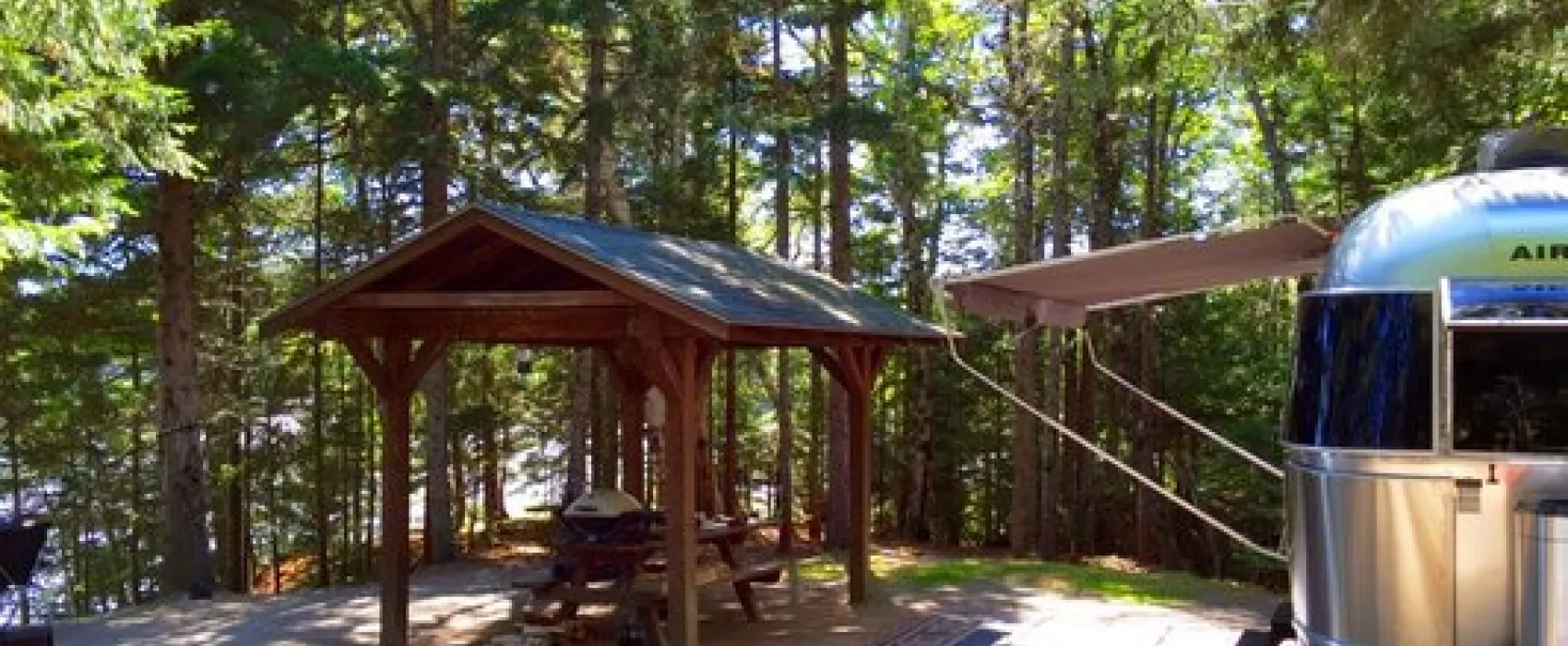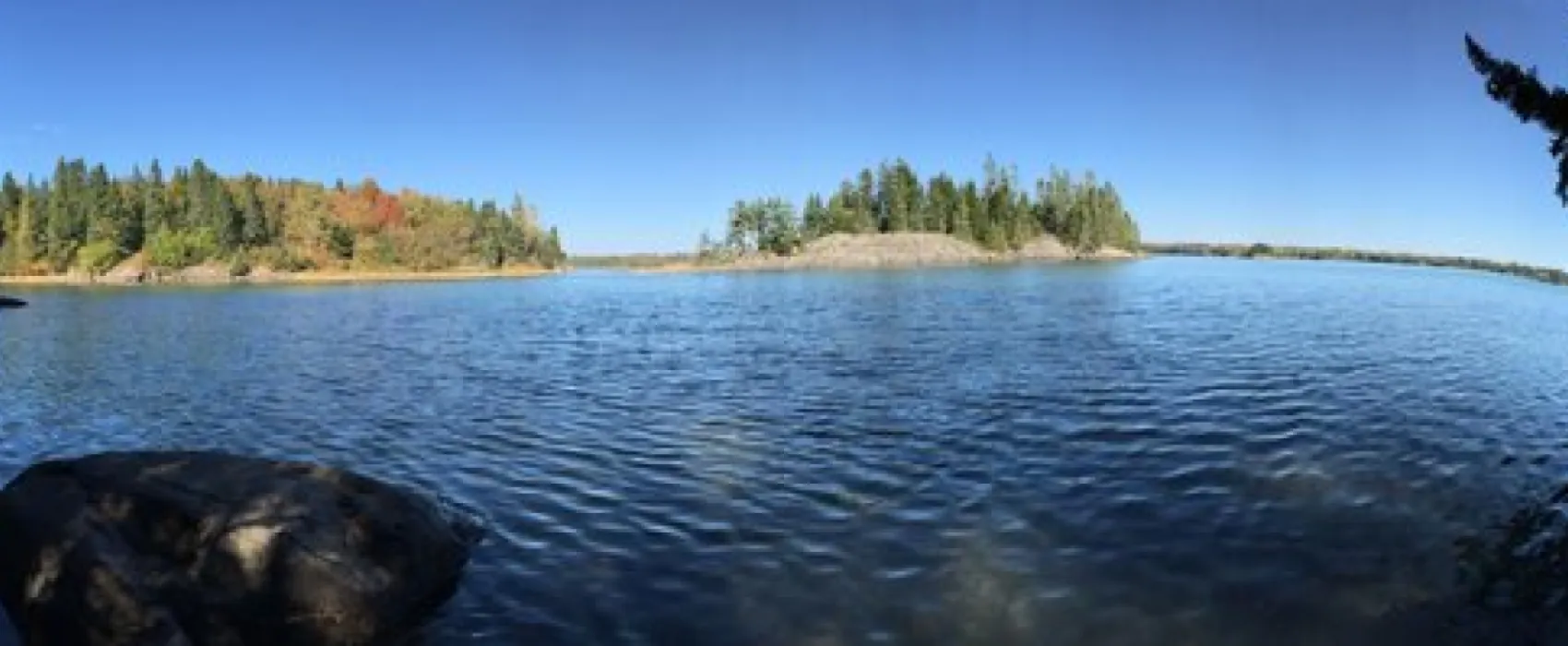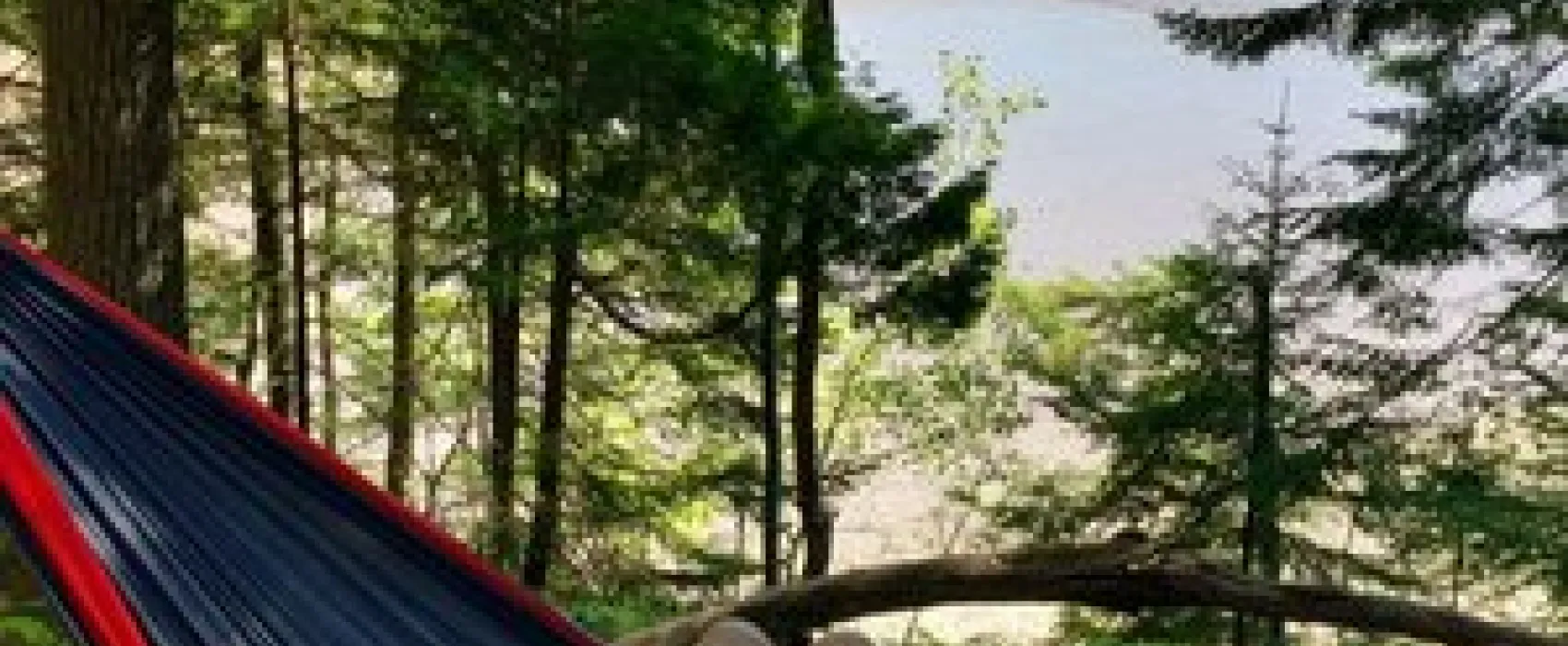Campsite opened from 01 January till 31 December
This campsite is not yet validated by Spottocamp. Are you the owner? Contact us with the button below
I am the owner
Cobscook Bay State Park
04628, Edmunds Twp
Maine, the United States
The wildlife-rich waters of COBSCOOK BAY surround this 888-acre park on three sides, providing opportunities to watch birds and observe the ebb and flow of the region's impressive tides. Cobscook, the Maliseet-Passamaquoddy tribal word for "boiling tides," aptly describes this setting where the tidal range averages 24 feet and can reach 28 feet (compared to a 9-foot average tide along Maine's southernmost coast). Cobscook Bay State Park is a great base for family camping and explorations in easternmost Maine. Many of the park's 106 campsites (both for tenting and RVs) border Whiting Bay, a sheltered inlet within the larger bay. The Park offers a boat launch for those with the experience to handle boating in challenging conditions (with rapids created by fast-moving tides). NATURE OF THE AREA Cobscook Bay is an unusual estuary with a narrow opening to the sea, a long and convoluted shoreline, and relatively few feeder streams and rivers. Nutrient-rich salt water flowing in from the Gulf of Maine stimulates plankton growth, which in turn feeds a vast array of invertebrates (such as shellfish and marine worms). Eagles, ospreys, seals, otters and even the occasional bear enjoy the Bay's abundant fish, including smelt, alewives, shad, sea-run brook trout, striped bass and the Atlantic salmon. The Bay's productive food web nourishes more than 200 bird species. Attracted by Cobscook Bay's sheltered coves, mudflats, and eelgrass beds, thousands of shorebirds stop over each fall to rest and forage as they migrate south from northern breeding grounds. The Bay's inner coves support a quarter of Maine's wintering black ducks and the state's highest concentration of bald eagles. A free birding list for the Cobscook Bay region is available at the Park entrance. HISTORY OF THE AREA The park's geology is shaped by three primary forces: Cobscook Bay's powerful tides; the underlying bedrock (a volcanic tuff-breccia that dates back to the Silurian Age roughly 420 million years ago); and the glacial action from the Wisconsinan ice sheet (approximately 12,000-18,000 years ago)- which deposited mud and an assortment of rock, sand, silt and clay known as glacial till. These sediments form a thin layer over the bedrock that rarely exceeds 10 feet. Where the bedrock is exposed, grooves left by the ice sheet (known as glacial striations) are visible on rock surfaces. One of the first geologists to explore the area, Nathaniel S. Shaler, noted in 1886 that Cobscook Bay offers "a more interesting assemblage of phenomena than can be found on any other part of the eastern seaboard of the United States." Cobscook Bay State Park is part of Moosehorn National Wildlife Refuge, much of which was first purchased in 1937 with funds from the federal Duck Stamp Program. Moosehorn (which now totals 24,400 acres) is one of the nation's oldest refuges, having been designated a National Wildlife Refuge in 1937 by President Franklin D. Roosevelt (who summered on nearby Campobello Island in New Brunswick). In 1964, the Refuge offered the State of Maine a long-term lease at no cost on a 'Recreation Area' it had created along Whiting Bay. After approval by the Maine Legislature, management of the area was transferred to the State and Cobscook Bay State Park was established.
Characteristics campsite
Click here if the information about this campsite is not correct or incomplete
Photos
Reviews




















